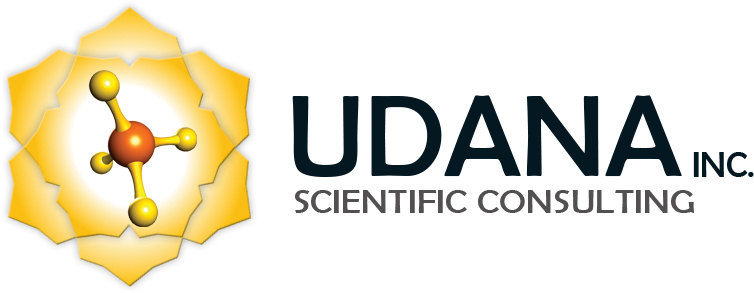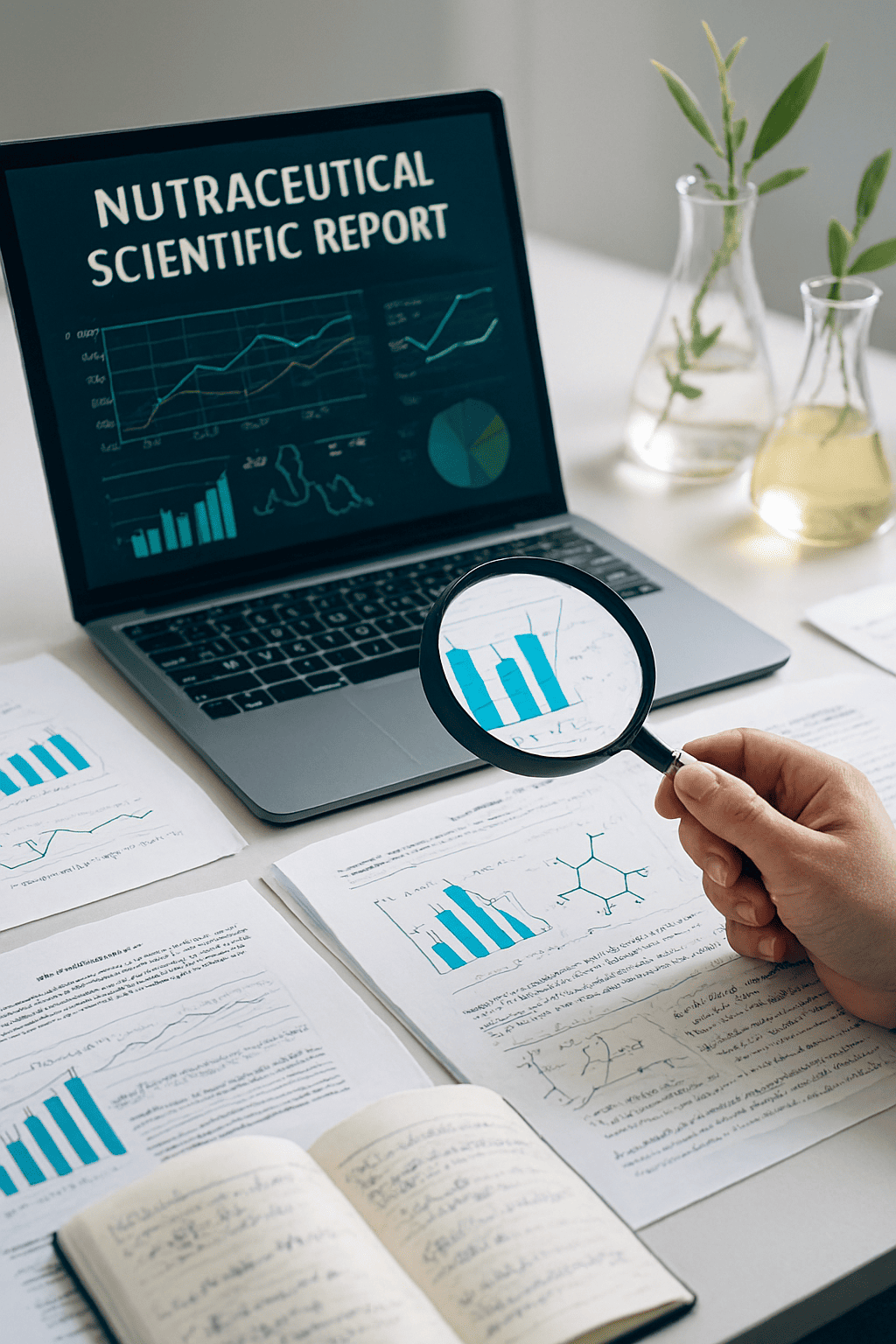Why Our Nutraceutical Scientific Reports Are Essential
The scientific evidence on natural products is growing rapidly, with new clinical trials, mechanistic studies, and safety data published each month. Across evidence-based medicine and evidence-based complementary, alternative, and integrative medicine (EBCAM/IM), the literature is vast. However, most physicians and health professionals lack the time to track and critically appraise it, so promising therapeutic options often go underutilized.
Udana Reports turns this fast-moving landscape into decision-ready insights. Specifically, we produce up-to-date systematic reviews and evidence dossiers on natural products with therapeutic and nutraceutical potential—spanning nutraceuticals, cosmeceuticals, and functional foods. Therefore, our Nutraceutical Scientific Reports clarify what is known, what remains uncertain, and where responsible opportunities exist.
Detailed Content of Nutraceutical Scientific Reports
- Clinical evidence: outcomes from trials and observational studies; endpoints, effect sizes, confidence intervals, and evidence gaps. In short, we provide a full picture of clinical efficacy.
- Safety and risk: contraindications, adverse events, drug–supplement interactions, dose ranges and standardization, and pharmacovigilance signals. Thus, we help mitigate patient risk.
- Mechanisms and activities: phytochemistry, bioactive constituents, plausible mechanisms of action (MoAs), and translational relevance. Furthermore, we connect traditional use with modern science.
- Quality and sourcing: specifications, Certificate of Analysis (CoA) guidance, adulteration risks, and supplier due diligence. Consequently, we support robust supply chain decisions.
- Claims and compliance: map findings to compliant benefit statements and scientific/medical claims. Moreover, ensuring market legality is a key focus.
- Population specifics: subgroups, comorbidities, and special considerations (for example, pregnancy, pediatrics, geriatrics). Finally, providing nuanced clinical guidance.
Traditional Knowledge and Nutraceutical Scientific Reports
We examine traditional knowledge (for example, Ayurveda, Traditional Chinese Medicine, and Western/Traditional Herbal Medicine) as valuable historical context. However, we then appraise it using modern scientific methods—because a natural origin does not automatically mean a product is safe or effective.
Key Audience for Nutraceutical Scientific Reports
- R&D and Medical Affairs: product strategy, study design, and formulation decisions. Specifically, these reports guide innovation pipelines.
- Clinicians and health professionals: concise clinical summaries to support shared decision-making with patients. In addition, they save clinical time.
- Regulatory and QA: evidence files, safety narratives, and labeling inputs. Therefore, ensuring compliance is seamless.
- Procurement and Supply: vendor evaluation and ingredient risk profiling. Moreover, aiding in sourcing confidence.
- Scientific Marketing and Communications: medically sound messages for professionals and the public. Ultimately, strengthening brand credibility.
Methodology for the Preparation of Nutraceutical Scientific Reports
- Systematic methodology: PICO/PICOT framing, inclusion and exclusion criteria, bias assessment, and transparent searches across leading databases (PubMed/MEDLINE, Embase, Cochrane, ClinicalTrials.gov). As a result, our methodology is rigorous and reproducible.
- Deliverables: executive brief (1–2 pages); full report with evidence tables and visuals; PRISMA-style search summary; safety matrix; and claims mapping. Optional clinician-facing summary and patient-education handout. To clarify, we offer flexibility in final formats.
- Update cadence: one-off review or living report (for example, quarterly or biannual updates). Hence, ensuring the evidence remains current.
- Languages: English and Spanish; optional life sciences translation and localization (English to Spanish and French to Spanish) for rapid deployment across teams and markets. Finally, facilitating global reach.
Important note
Udana Reports are a scientific resource intended to inform decisions under physician guidance. They do not replace medical consultation, diagnosis, or treatment and are not intended for self-medication.
Let’s work together!
Udana Reports is only for educational purposes. It intended it is to provide updated knowledge about the importance of food for a healthy life. It is not a guide to self-medication. Professional advice is recommended for any decision related to food. Nutritional needs vary from person to person depending on age, sex, health status, and the total diet.
We do not intend to offer medical advice for various pathologies and has not been approved by the FDA or any Health Ministry. For health problems always seek professional medical council. The comments or articles on this website have not been evaluated by the FDA. Information presented on this website does not intend to prevent, treat, diagnose, or cure any disease.


